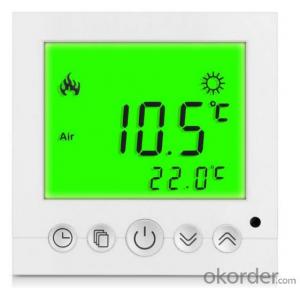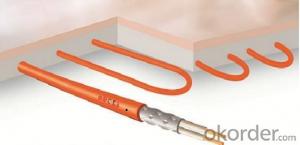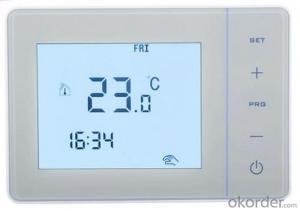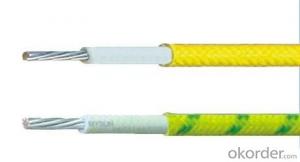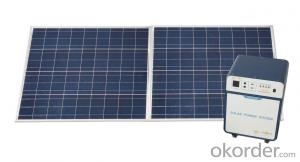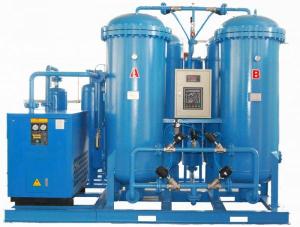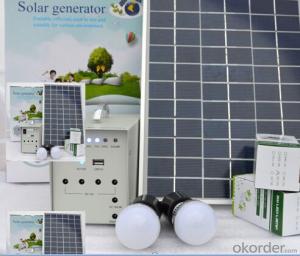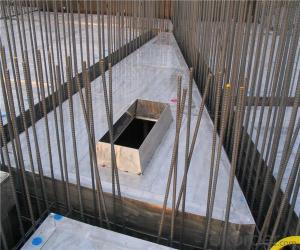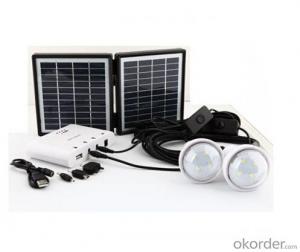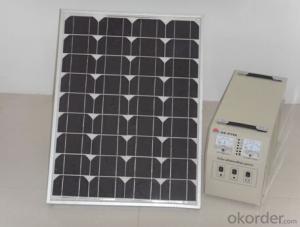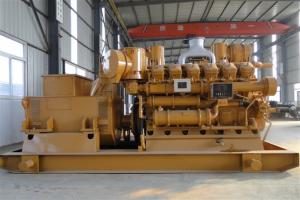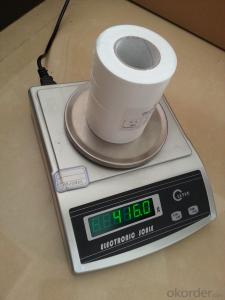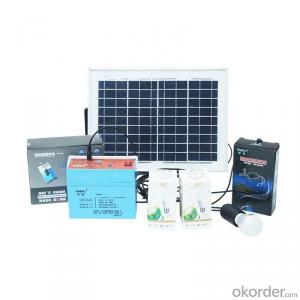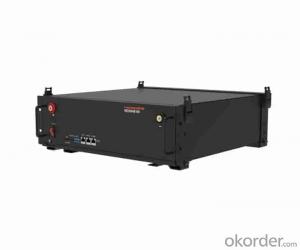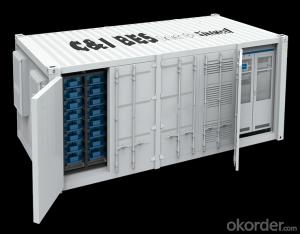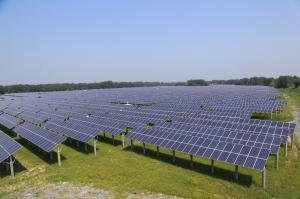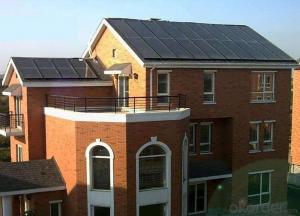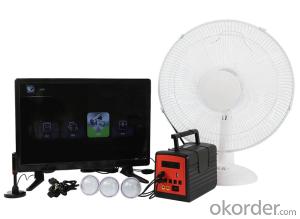Electricity Generation System
Electricity Generation System Related Searches
Primer For Galvanized Steel H S Code For Stainless Steel Wd 40 For Stainless Steel Spray Paint For Stainless Steel Glue For Stainless Steel Step Bit For Stainless Steel Magnets For Stainless Steel Caulking For Stainless Steel Steel Vessels For Kitchen Best Solar Inverter For HomeHot Searches
Steel Mesh Panels For Sale Cheap High Tea Sets For Sale High Density Fiberboard For Sale Solar Hot Water Collectors For Sale Scaffolding For Sale In Uae Scaffolding For Sale In Ireland Scaffolding For Sale In Houston Type Of Inverter For Solar Price Of Shipping Containers For Sale Used Solar Inverter For Sale Portable Led Signs For Sale Stone Hot Water Bottles For Sale Large Led Screens For Sale 1/4 Aluminum Plate For Sale H4 Led Headlight Bulbs For Sale Flexible Solar Cells For Sale Air Pump For Aquarium Price Inverter Size For Solar System Solar Edge Inverter For Sale Aluminum Bar Stock For SaleElectricity Generation System Supplier & Manufacturer from China
Okorder.com is a professional Electricity Generation System supplier & manufacturer, offers integrated one-stop services including real-time quoting and online cargo tracking. We are funded by CNBM Group, a Fortune 500 enterprise and the largest Electricity Generation System firm in China.Hot Products
FAQ
- Yes, solar energy systems can be used to power music studios or recording studios. Solar panels can generate electricity to meet the power demands of these facilities, providing a clean and sustainable energy source. This can help reduce electricity costs and carbon footprint while ensuring a consistent power supply for the studio's equipment and operations.
- Yes, solar energy systems can still be used in cloudy or rainy climates. While the efficiency of solar panels may be reduced in such conditions, they can still generate electricity. Additionally, advancements in technology and the use of energy storage systems allow for the capture and utilization of solar energy even during periods of limited sunlight.
- Yes, solar energy systems can be used effectively in powering disaster relief centers or emergency shelters. Solar panels can harness the sun's energy and convert it into electricity, providing a reliable and sustainable power source in areas where traditional power infrastructure may be damaged or unavailable. Solar energy systems can help ensure continuous power supply for lighting, charging communication devices, operating medical equipment, and other essential functions in disaster relief centers or emergency shelters. They offer a practical and eco-friendly solution for providing electricity during critical times.
- The main components of a solar energy system include solar panels, an inverter, a charge controller, batteries (if it's an off-grid system), and a power meter (if it's an on-grid system).
- Solar energy systems have both positive and negative impacts on wildlife and ecosystems. On the positive side, solar energy systems do not emit greenhouse gases or other pollutants, which helps to mitigate climate change and reduce air and water pollution. This is beneficial for wildlife and ecosystems as it helps to maintain a more stable and healthy environment for them to thrive. Moreover, solar energy systems require minimal water resources compared to other forms of energy generation, such as fossil fuel power plants or hydropower. This is particularly important in arid regions where water scarcity is a significant concern. By reducing water usage, solar energy systems help to preserve water resources, which are essential for the survival of various plant and animal species. Additionally, solar energy systems can be installed on already disturbed or degraded lands, such as rooftops and brownfield sites, minimizing the need for further habitat destruction. This approach can help to conserve natural habitats and protect biodiversity by preventing the conversion of pristine lands into energy infrastructure. However, it is important to acknowledge that solar energy systems can have some negative impacts on wildlife and ecosystems as well. Large-scale solar installations can disrupt local ecosystems during the construction and operation phases. This disruption may cause habitat fragmentation, displacement, or disturbance to certain species. For example, the clearing of vegetation and the placement of large panels can affect the movement patterns and nesting habits of birds and other animals. Furthermore, some solar energy systems use reflective surfaces that can potentially create glare, which may disorient or blind birds and insects, leading to collisions or other negative effects on their behavior and survival. To mitigate these negative impacts, careful planning and siting of solar installations are crucial. Environmental assessments should be conducted to identify and avoid sensitive habitats and migratory routes. Additionally, measures such as using bird-friendly designs, implementing wildlife-friendly fencing, and planting native vegetation around solar installations can help to minimize impacts and create wildlife-friendly habitats. In conclusion, while solar energy systems offer numerous environmental benefits, they also have the potential to impact wildlife and ecosystems. However, with proper planning and implementation, the negative impacts can be minimized, and the positive impacts on mitigating climate change and reducing pollution will outweigh any potential harm.
- Yes, solar energy systems can be used for powering off-grid eco-cities. Solar panels can be installed in these eco-cities to harness the sun's energy and convert it into electricity. This renewable energy source can then be used to power various needs within the city, such as lighting, heating, and even charging electric vehicles. By relying on solar energy, off-grid eco-cities can reduce their carbon footprint and promote sustainable living.
- Solar energy systems can significantly reduce utility bills by generating electricity from the sun, thereby decreasing reliance on traditional energy sources. This cost-saving impact is achieved through the production of renewable energy, which reduces or eliminates the need to purchase electricity from the grid.
- Solar energy systems are a viable option for providing power to restaurants and food chains. They are an eco-friendly and sustainable source of energy that can effectively reduce operational expenses and minimize the environmental impact of these establishments. Solar panels can be installed on rooftops or in open areas to capture sunlight and convert it into electricity, which can then be utilized for various functions within restaurants, including lighting, refrigeration, cooking equipment, and air conditioning. By adopting solar power, restaurants and food chains not only save on their energy bills but also showcase their dedication to sustainability and environmentally-conscious practices. Moreover, certain governments offer incentives and tax advantages to businesses that opt for solar energy systems, making it an even more appealing choice. All in all, solar energy systems are a practical and eco-friendly solution for powering restaurants and food chains.



